Yogyakarta on the Island of Java
A city in the Asian country of Indonesia
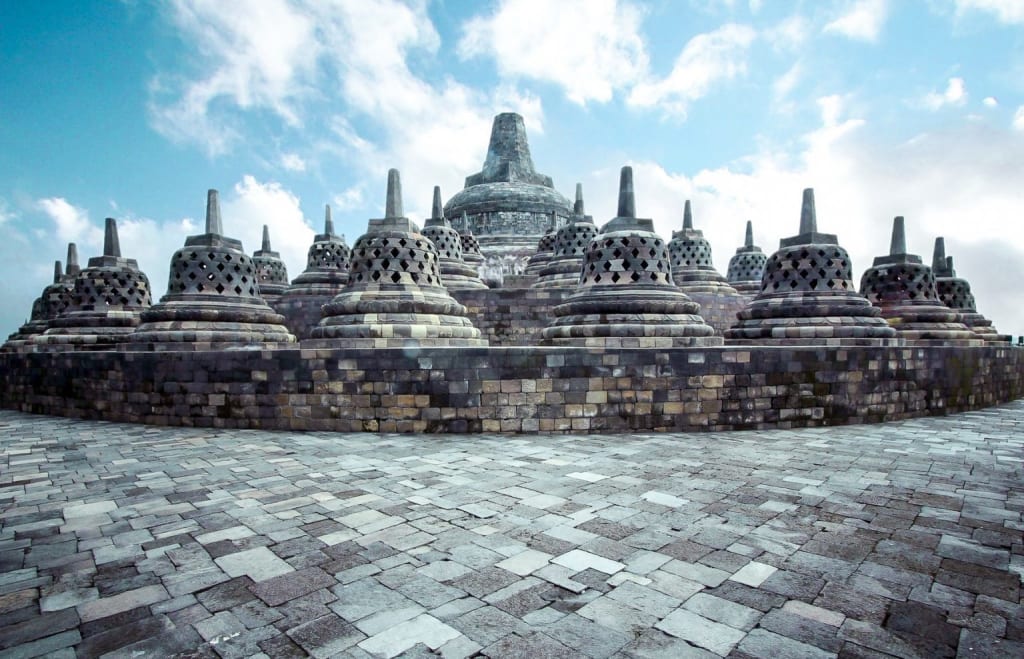
Yogyakarta is a city on the Indonesian island of Java. This city is often called Jogja and is known for its traditional arts and cultural heritage.
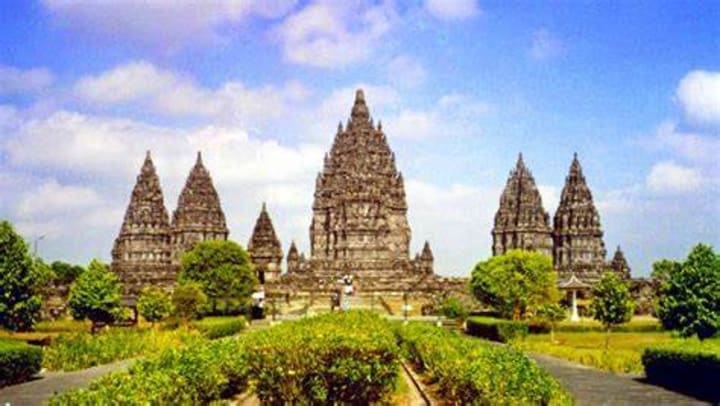
The temple Candi Prambanan is also known as Candi Rara Jonggrang. This is a well-known ancient Hindu temple, built during the 9th century for Trimurti. This is an expression that God is the Creator (Brahma), Preserver (Vishnu), and also the Destroyer (Shiva). The temple is located 18km to the east of Yogyakarta. It is one of Indonesia’s UNESCO World Heritage Sites. It is the largest Hindu temple architecture in Southeast Asia, rising to a height of 47m with a wide compound surrounding it.
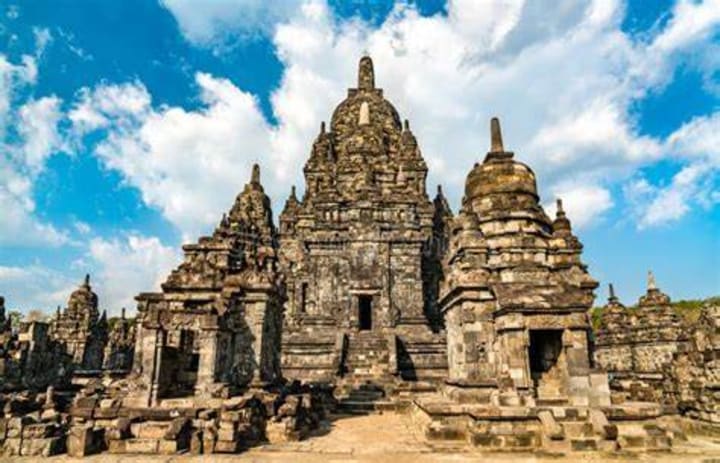
Uncover the secrets of the Sewu Temple, a short distance from the Prambanan temple. The name Sewu means thousand, although it only has 249 temples. It has been partially restored and by using your imagination you can explore all of its nooks and crannies and admire its structures and carvings.
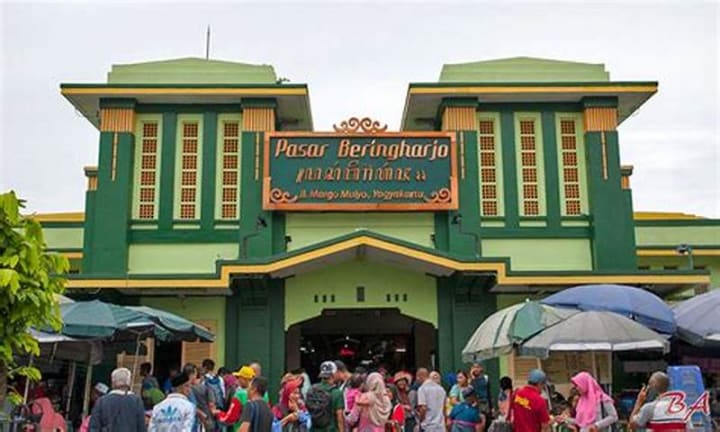
If you enjoy shopping head for the Beringharjo Market, where you’ll find lots of stalls selling everything imaginable from clothing to bags to rattan products and silver jewelry. You can find lots of delicious food here as well.
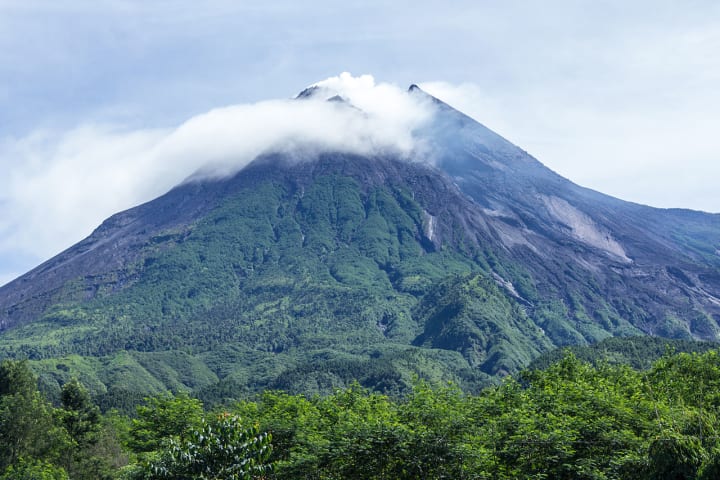
Take a hike to the ruins of the volcano Mount Merapi. Here you’ll find yourself among the ruins of leftover houses from a recent volcano eruption that occurred in 2010. Reaching the place of Mbah Maridijan, you’ll find out how a keeper of spirits stood by his duty even as the volcano erupted. For a different view of things take a sunrise hike up the volcano.
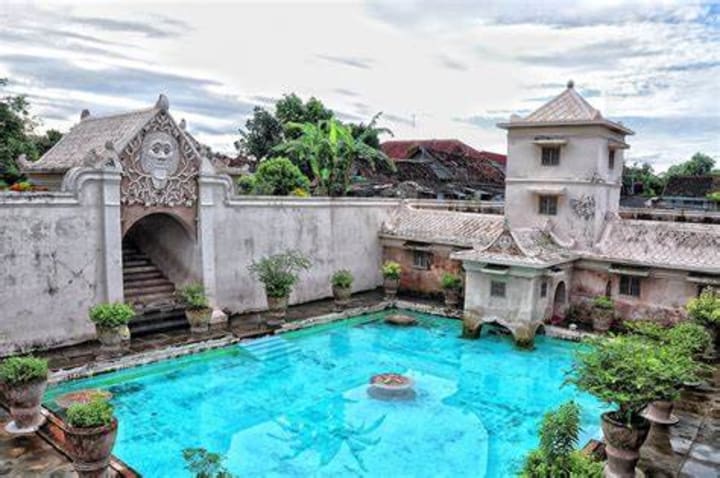
On the other side of the Water Castle (Taman Sari) you’ll find yourself among rundown defense walls and scattered village houses. There are mazes of underground water holes, secret chambers, gardens, and pools. This castle is a huge complex that at one time was a former royal garden of the Sultanate of Yogyakarta. It was also once used as a bathing place. Today the bathing pools have been restored.
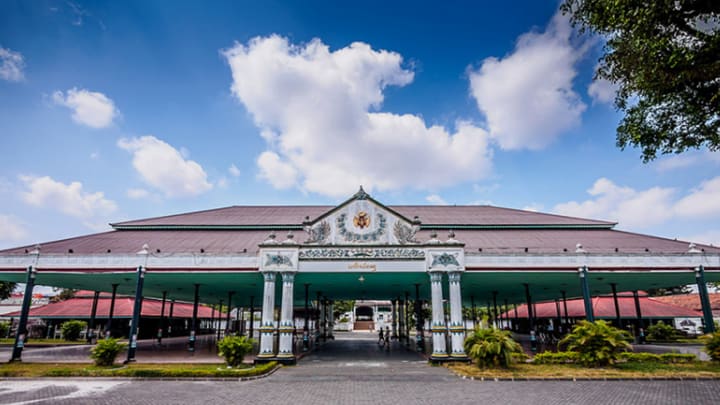
You’ll enjoy the Keraton Yogyakarta, a well-maintained palace from the days of the Sultans. All visitors are accompanied by a local guide, who can speak many different languages. You can learn about myths and rituals and hear all kinds of stories. In this way, you can better understand the rich history and culture of Jogja. This walled city is a unique compound and home to about 25,000 people. It has its own market, shops, batik and silver cottage industries. There are schools and mosques. The Sultan employs about 10,000 residents.
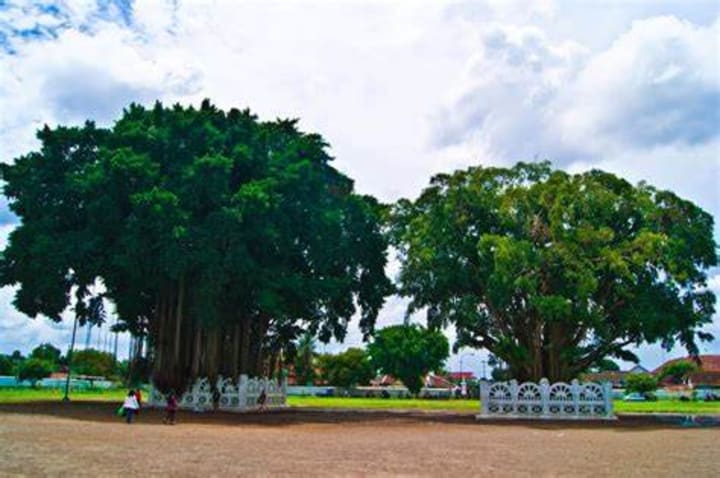
Outside the Keraton the banyan trees found in the southern square are huge and stand side by side in the middle of the square. Local myth has it that if you can manage to walk between these two trees blindfolded you will get what you wish for. However many have found that it is impossible to walk straight between these two trees but you can try your luck.

Take a one-hour drive to Borobudur, a 9th-century temple and an Indonesian UNESCO Heritage site. This is one of the largest Buddhist temples in the world. It consists of six square platforms with 2,672 relief panels and 504 Buddha statues. During Waisak Day thousands of Buddhists make their pilgrimage here.

About 25 km from the city center is the wonderful Parangtritis Beach. The beach is popular with visitors and locals, especially in the evenings or on weekends. Here you can enjoy a picnic, ride in an all-terrain vehicle, delight in the sunset, view the lovely scenery, and swim in a small swimming pool. Go paragliding between January and February. Sandboarding is available at Gumuk Pasir.

If you enjoy chocolate visit the Monggo Chocolate Factory. These chocolates have been around since 2005 and there is a showroom you can visit.
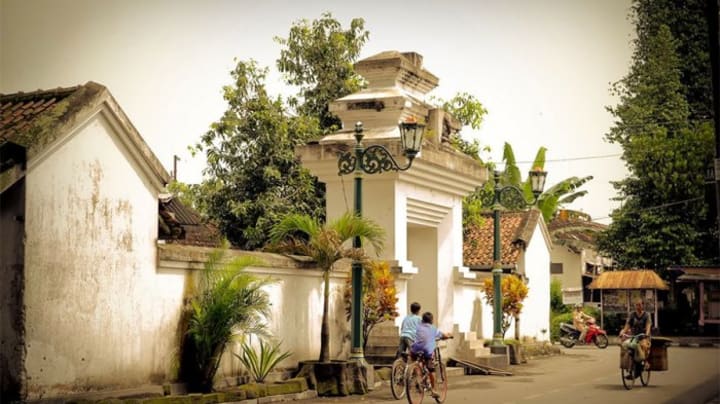
Kotogede is an up-market suburb of Yogyakarta and the hub of the silver industry since the 1930s. Jl Kemasan, the main street that leads into town from the north, is lined with silver workshops. In the shops, you can find hand-beaten bowls, boxes, fine filigree, and modern jewelry.

Affandi Museum offers visitors a look at the artwork of one of Indonesia’s most celebrated artists, Affandi. He worked and lived in a riverside home studio which is now the museum. Here you can see an extensive collection of his paintings, including some amazing self-portraits and personal items. You can see his car, a real boy-racer’s dream – lime-green and yellow customized 1967 Galant with an oversized rear spoiler. There is also a small cafe.

In a converted horse carriage, painted in multi-colors you’ll find the mushullah or prayer room. This looks just like a psychedelic gypsy cart.
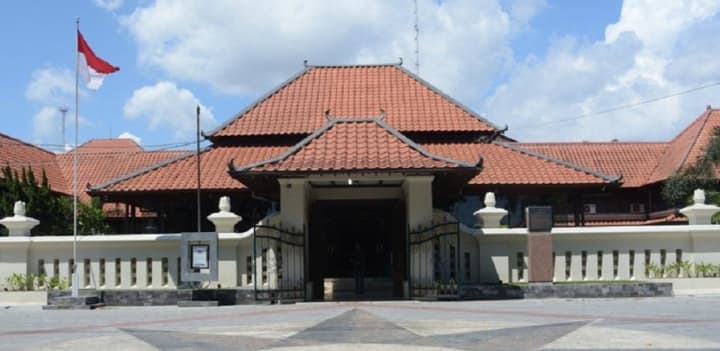
The Sonobudoyo Museum displays a first-class collection of Javanese art, including wayang kulit puppets, topeng (masks), kris, and batik. There is also a courtyard full of Hindu statuary and artifacts, among them impressive Balinese carvings. Wyang kulit performances are held here as well.
About the Creator
Rasma Raisters
My passions are writing and creating poetry. I write for several sites online and have four themed blogs on Wordpress. Please follow me on Twitter.


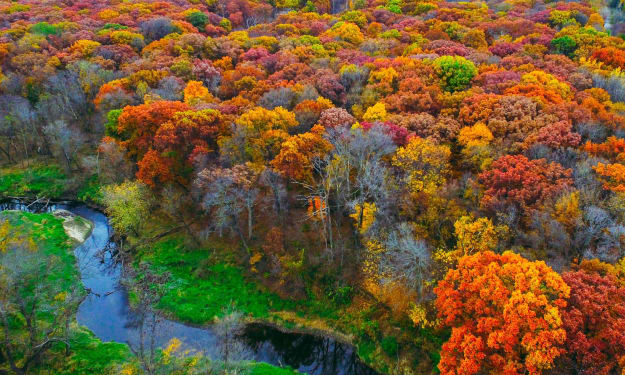



Comments
There are no comments for this story
Be the first to respond and start the conversation.